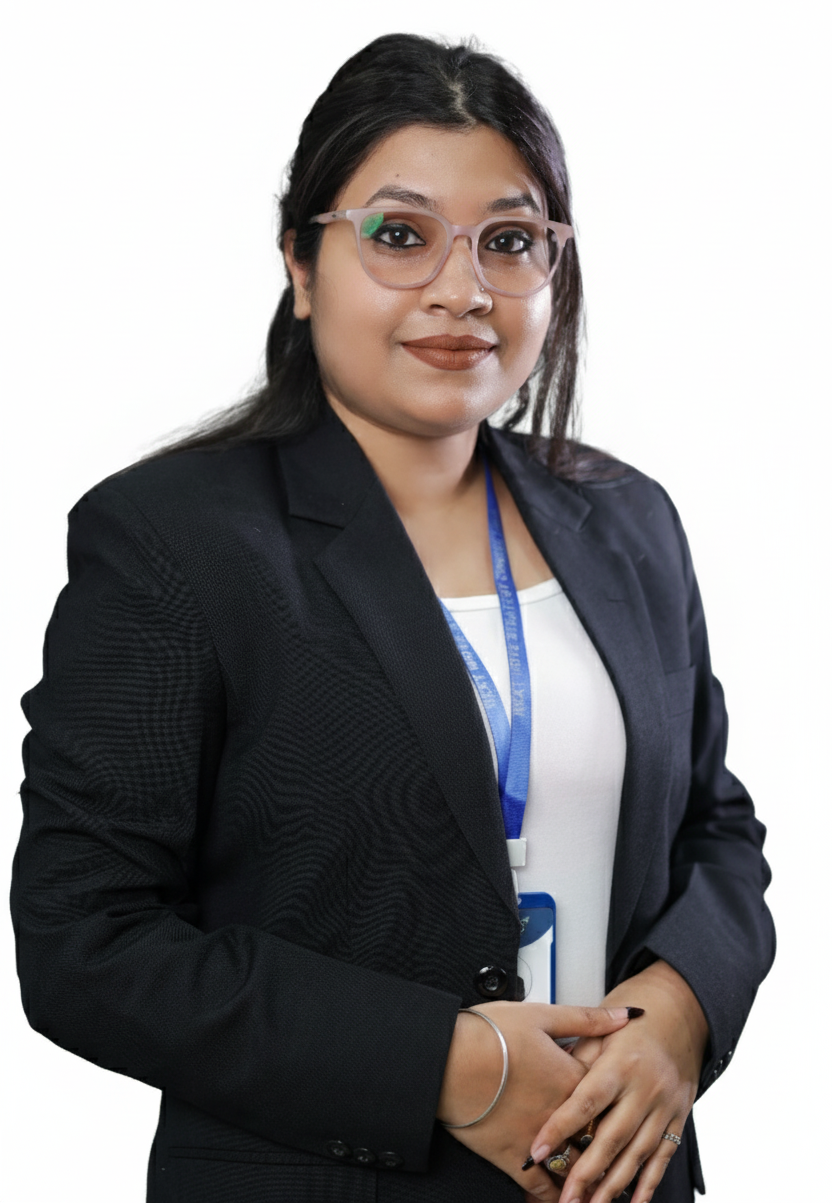Are Household Robots the Future of Home Convenience?
Published: 2025-09-26

Imagine coming home to a spotless floor, a mowed lawn, or even a freshly brewed cup of coffee—all thanks to a robot. The global Household Robots Market size was valued at USD 11.98 billion in 2024 and is predicted to reach USD 34.11 billion by 2030 with a CAGR of 19.1%. The sector is no longer a sci-fi fantasy but a rapidly growing reality.
From AI-powered vacuum cleaners to humanoid helpers, these machines are transforming how we manage daily chores. But what’s driving this boom, and are these robots ready to become household staples? Let’s dive into the exciting world of household robots and explore their potential.
What Is Fueling the Household Robots Market Surge?
The household robots market is experiencing unprecedented growth, driven by advancements in artificial intelligence (AI) and increasing consumer demand for convenience. Companies like Roborock and 1X Technologies are leading the charge, leveraging AI to create smarter, more versatile robots. According to IDC Research, Roborock holds the top spot in global smart vacuum market share, with a 79% revenue surge in the first half of 2025. Meanwhile, startups like The Bot Company are attracting massive investments, securing a $2.5 billion valuation in 2025 despite having no revenue.
Key drivers of this market include:
-
Advancements in AI: Large language models (LLMs) enable robots to understand natural language and perform complex tasks, making them more intuitive.
-
Consumer Demand: With only 5.6% penetration in China and 22% in the U.S., there’s significant room for growth in household robot adoption.
-
Investment Surge: The Bot Company’s $194 million funding round and 1X Technologies’ $100 million raise in 2025 highlight investor confidence.
The household robots market is booming due to AI advancements, growing consumer interest, and significant investments. The stage is set for rapid expansion as technology becomes more accessible.
How Are Household Robots Evolving?
Household robots are moving beyond single-purpose devices like robotic vacuums to more versatile machines. Roborock’s Saros Z70, launched in 2025, features an AI-powered robotic arm that clears obstacles like socks, though it retails at a steep $2,600. Meanwhile, 1X Technologies’ NEO Gamma, a bipedal humanoid robot, is designed for tasks like making coffee and assisting with cooking, marking a shift toward multi-purpose robots.
Types of Household Robots
-
Robotic Vacuums: Devices like Roomba and Roborock’s Saros 10R ($1,600) clean floors autonomously, navigating obstacles with ease.
-
Smart Assistants: Amazon Alexa and Google Home integrate with smart devices to control home systems and answer queries.
-
Humanoid Robots: 1X Technologies’ NEO Gamma can perform tasks like serving coffee, with plans to scale deployment to thousands of homes in 2025.
-
Robotic Lawn Mowers: These devices autonomously maintain lawns, reducing manual effort.
Household robots are evolving from specialized devices to multi-functional helpers, with advancements in AI enabling more sophisticated tasks. This evolution promises greater convenience but requires further development to become mainstream.
What Are the Benefits of Household Robots?
Household robots offer significant advantages, making daily life more efficient and accessible. They save time, enhance precision, and assist those with physical limitations. Here’s a closer look:
-
Time-Saving: Robots handle repetitive tasks like cleaning or lawn mowing, freeing up time for other priorities.
-
Precision: Robots perform tasks with high accuracy, reducing errors in cleaning or other chores.
-
Assistance for Elderly and Disabled: Robots like NEO Gamma can help with tasks like lifting or cooking, promoting independence.
-
Companionship: Humanoid robots provide social interaction, potentially improving mental health, especially for seniors.
Household robots enhance efficiency, accuracy, and accessibility, offering both practical and emotional benefits. They are poised to improve quality of life significantly, especially for those with specific needs.
What Challenges Are Holding Back Household Robots?
Despite their promise, household robots face hurdles that must be addressed for widespread adoption. High costs, privacy concerns, and technical complexities are significant barriers.
Key Challenges
-
Cost: Advanced robots like Roborock’s Saros Z70 ($2,600) remain expensive, limiting accessibility. Tariffs have further increased prices by $700.
-
Privacy and Security: Robots collecting data in homes raise concerns about misuse. 1X Technologies addresses this by restricting data access and allowing users to delete recordings.
-
Technical Complexity: Developing robots for diverse tasks requires extensive data and advanced algorithms. 1X Technologies emphasizes the need for diverse training data to improve AI performance.
High costs, privacy concerns, and technical challenges are significant obstacles. However, companies are actively working on solutions, such as cost reduction and robust privacy measures, to drive adoption.
How Are Key Players Shaping the Household Robots Industry?
The household robots industry features a wide range of key players, including Preferred Robotics Inc., Samsung Electronics Co. Ltd., Ecovacs Robotics Co. Ltd., The LEGO Group, Neato Robotics Inc., LG Electronics Inc., Dyson Ltd., iLife Robotics Technology Co. Ltd., Tata Elxsi, Y Combinator, Amazon.com Inc., Altverse, Tennant Company, Matic Robotics, KEYi Technology, and others. To remain competitive and strengthen their market positions, these companies are actively pursuing strategies such as new product launches, strategic partnerships, and technological innovation.
What Does the Future Hold for Household Robots?
The future of household robots is bright, with companies aiming for affordability and versatility. Roborock plans to offer mass-market AI-powered robotic arm vacuums for a few hundred dollars by 2030 Source 1. 1X Technologies aims to deploy NEO Gamma in thousands of homes in 2025, scaling to millions by 2027, making robots as common as cars Source 4. Morgan Stanley predicts the humanoid market could reach $5 trillion by 2050, with $800 billion in China alone Source 1.
Future Trends
-
Greater AI Integration: Robots will become smarter, adapting to user needs and environments.
-
Affordability: Price reductions will make robots accessible to the mass market.
-
Multi-Tasking Robots: Humanoids like NEO Gamma will perform diverse tasks, reducing the need for multiple devices.
The household robots market is poised for exponential growth, with affordability and advanced AI driving widespread adoption. By 2030, robots could become integral to daily life.
Next Steps: How to Embrace the Household Robots Revolution
Ready to welcome a robot into your home? Here are actionable steps to stay ahead in the household robots market:
-
Research Available Options: Explore devices like Roborock’s Saros Z70 or 1X Technologies’ NEO Gamma to find the best fit for your needs.
-
Consider Budget: Start with affordable options like robotic vacuums or smart assistants, which offer high value at lower costs.
-
Prioritize Privacy: Choose robots with strong data protection features, like those offered by 1X Technologies, to safeguard your personal information.
-
Stay Informed: Follow companies like Roborock and The Bot Company for updates on new, cost-effective models.
-
Test Early Adoptions: Participate in trials like 1X Technologies’ NEO Gamma deployment to experience cutting-edge technology firsthand.
About the Author
 Sneha Chakraborty, a skilled SEO Executive and Content Writer with over 4 years in digital marketing, excels in boosting online visibility and engagement with data-driven strategies and compelling content. Passionate about simplifying digital ideas, she enjoys reading, sketching, and nature photography.
Sneha Chakraborty, a skilled SEO Executive and Content Writer with over 4 years in digital marketing, excels in boosting online visibility and engagement with data-driven strategies and compelling content. Passionate about simplifying digital ideas, she enjoys reading, sketching, and nature photography.
About the Reviewer
 Sanyukta Deb is a skilled Content Writer and Digital Marketing Team Leader, specializing in online visibility strategies and data-driven campaigns. She excels at creating audience-focused content that boosts brand presence and engagement, while also pursuing creative projects and design interests.
Sanyukta Deb is a skilled Content Writer and Digital Marketing Team Leader, specializing in online visibility strategies and data-driven campaigns. She excels at creating audience-focused content that boosts brand presence and engagement, while also pursuing creative projects and design interests.

















Add Comment